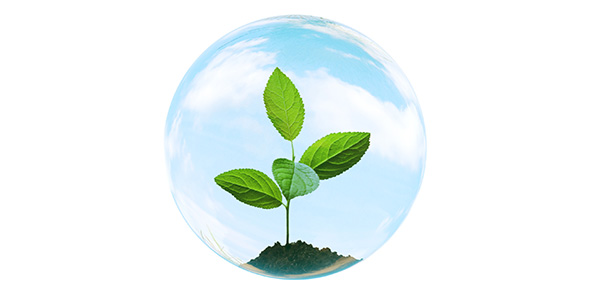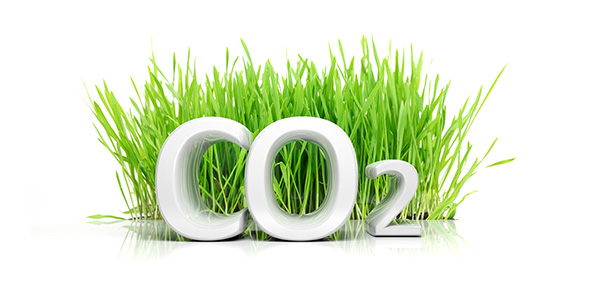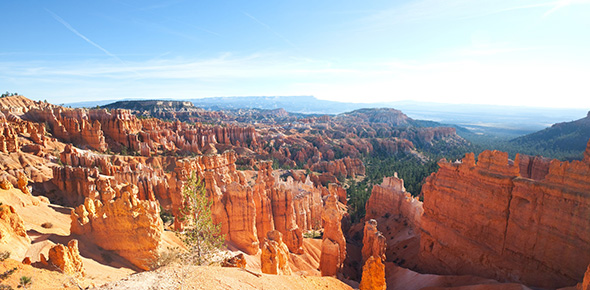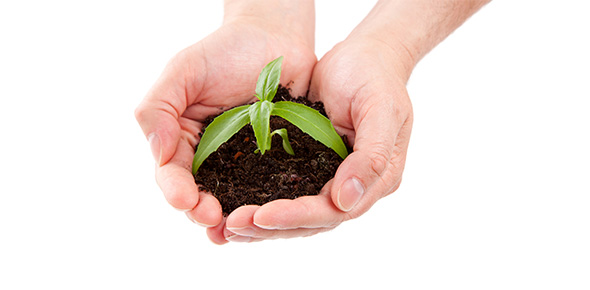Related Flashcards
Related Topics
Cards In This Set
| Front | Back |
|
1) What is the fundamental difference between matter and energy?
A) Matter is cycled through ecosystems; energy is not.
B) Energy is cycled through ecosystems; matter is not.
C) Energy can be converted into matter; matter cannot be converted
into energy.
D) Matter can be converted into energy; energy cannot be converted
into matter.
E) Matter is used in ecosystems; energy is not
|
A) Matter is cycled through ecosystems; energy is not.
|
|
2) Which of the following best explains why energy cannot cycle
through an ecosystem?
A) the law of conservation of energy
B) the second law of thermodynamics
C) the competitive exclusion principle
D) the green world hypothesis
E) the principle of biomagnification
|
B) the second law of thermodynamics
|
|
3) A cow's herbivorous diet indicates that it is a(n)
A) primary consumer.
B) secondary consumer.
C) decomposer.
D) autotroph.
E) producer.
|
A) primary consumer.
|
|
) To recycle nutrients, the minimum an ecosystem must have
is
A) producers.
B) producers and decomposers.
C) producers, primary consumers, and decomposers.
D) producers, primary consumers, secondary consumers, and decomposers.
E) producers, primary consumers, secondary consumers, top carnivores,
and decomposers.
|
C) producers, primary consumers, and decomposer
|
|
5) Which of the following terms encompasses all of the others?
A) heterotrophs
B) herbivores
C) carnivores
D) primary consumers
E) secondary consumers
|
A) heterotrophs
|
|
6) Production, consumption, and decomposition are important
ecosystem processes. Which of the following could be decomposers?
A) bacteria
B) vertebrates
C) invertebrates
D) A and C only
E) A, B, and C
|
E) A, B, and C
|
|
7) Which of the following are responsible for most of the conversion
of organic materials into CO2, which can be utilized in primary
production?
A) autotrophs
B) bacteria
C) fungi
D) B and C only
E) A, B, and C
|
D) B and C only
|
|
8) The main decomposers in an ecosystem are
A) fungi.
B) plants.
C) insects.
D) prokaryotes.
E) both A and D
|
E) both A and D
|
|
9) Many homeowners mow their lawns during the summer and collect
the clippings, which are then hauled to the local landfill. Which of
the following alternatives would cause the least disturbance to local
ecosystems?
A) Don't mow the lawn-have sheep graze it and put the sheep's feces
into the landfill.
B) Collect the clippings and burn them.
C) Either collect the clippings and add them to a compost pile, or
don't collect the clippings and let them decompose on the lawn.
D) Collect the clippings and wash them into the nearest storm sewer
that feeds into the local lake.
E) Dig up the lawn and cover the yard with asphalt.
|
C) Either collect the clippings and add them to a compost pile, or
don't collect the clippings and let them
|
|
10) The producers in ecosystems include organisms in which of
the following groups?
A) prokaryotes
B) algae
C) plants
D) B and C only
E) A, B, and C
|
E) A, B, and C
|
|
11) Subtraction of which of the following will convert gross
primary productivity into net primary productivity?
A) the energy contained in the standing crop
B) the energy used by heterotrophs in respiration
C) the energy used by autotrophs in respiration
D) the energy fixed by photosynthesis
E) all solar energy
|
C) the energy used by autotrophs in respiration
|
|
12) The difference between net and gross primary productivity
would likely be greatest for
A) phytoplankton in the ocean.
B) corn plants in a farmer's field.
C) prairie grasses.
D) an oak tree in a forest.
E) sphagnum moss in a bog.
|
D) an oak tree in a forest.
|
|
13) Which of these ecosystems accounts for the largest amount
of Earth's net primary productivity?
A) tundra
B) savanna
C) salt marsh
D) open ocean
E) tropical rain forest
|
D) open ocean
|
|
14) Which of these ecosystems has the highest net primary productivity
per square meter?
A) savanna
B) open ocean
C) boreal forest
D) tropical rain forest
E) temperate forest
|
D) tropical rain forest
|
|
15) The total biomass of photosynthetic autotrophs present in
an ecosystem is known as
A) gross primary productivity.
B) standing crop.
C) net primary productivity.
D) secondary productivity.
E) trophic efficiency.
|
B) standing crop.
|








